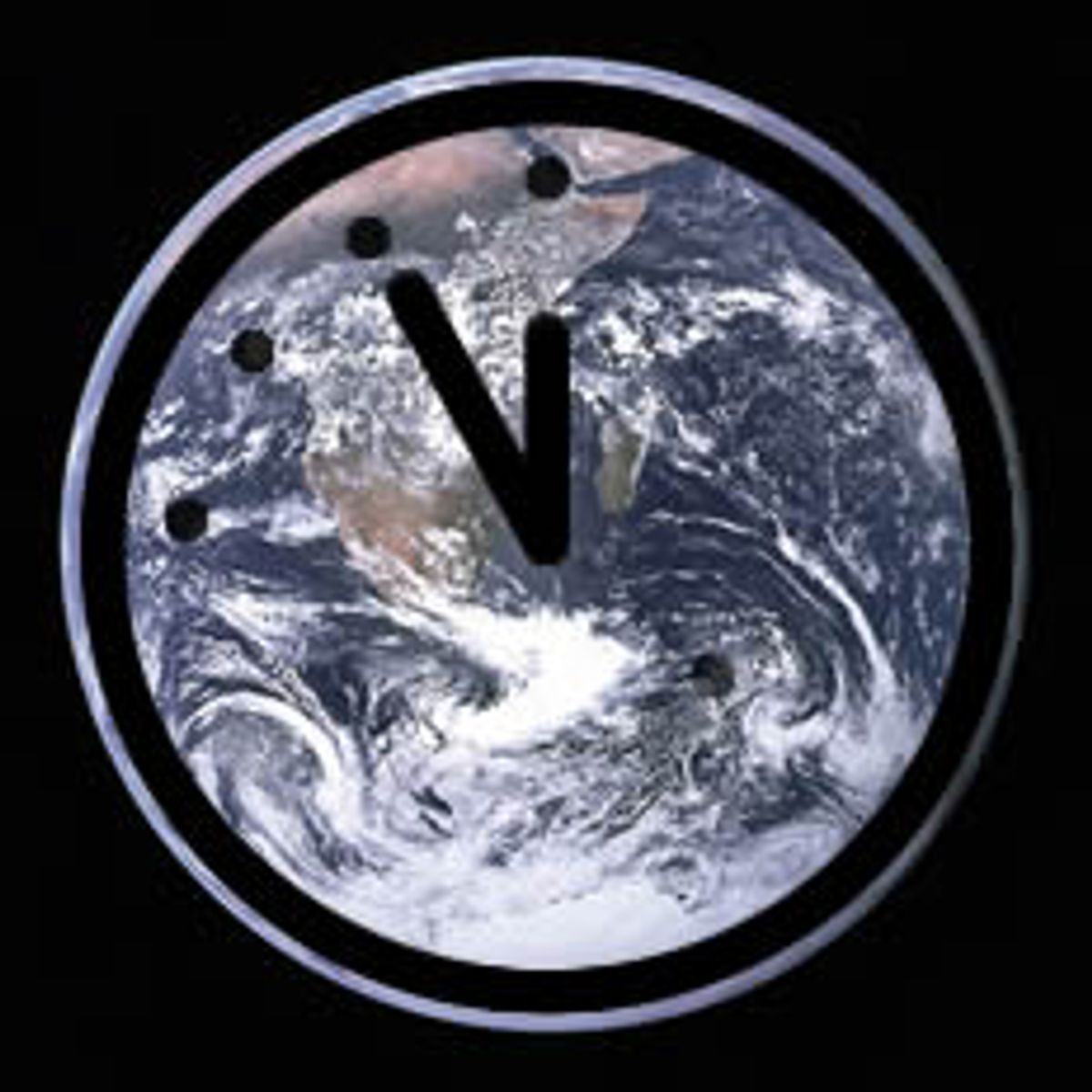"We need the political leadership to affirm the primacy of science as a way of knowing, or problems will be far worse than they are already," said board member Robert Socolow, of "carbon wedges" fame. Socolow, designated to sum up the findings of the day-long conference, otherwise gave a carefully measured and ambiguous assessment. Though he seemed cautiously optimistic about the state of climate diplomacy, for example, he despaired of the energy-intense, carbon-intense consumerist economies developing in countries like China and India. ("Nothing that we've done stupidly is not being duplicated.") Regarding atomic energy, he felt Fukushima would translate into less nuclear power, which he said would be a good thing from the point of view of nuclear proliferation but a bad thing from the perspective of climate.
Together with climate modeler James Hansen of Columbia University's Goddard Institute for Space Studies, Socolow emphasized that only nuclear energy can provide baseload electricity as a substitute for fossil fuels. Because of that, he emphasized the importance of keeping the nuclear power open. Yet his insistence on that point was tempered, even to a degree undermined, by his sense that more nuclear power means more proliferation of atomic weaponry.
That attitude—that nuclear power is essentially good, but dangerous because the technology can be turned to military ends—is characteristic of scientists who have worried about the atom in the post-war era. It's the attitude that scientists like Socolow would like to see translated into policy. But how valid is it? The attitude of the general public has always been somewhat different. One can safely say that average citizens have always worried much more about reactor safety and radiation risks than about nuclear proliferation. Are they wrong? Should they have listened more to scientists like Socolow?
With due respect to him and his like-minded colleagues—and believe me, I have the highest regard for Socolow's work and for him personally—I would submit that on these two fundamental issues ordinary citizens have been more right than scientists, and that we might be better off if their attitudes, not the scientists', had been translated into policy.
The notion that acquisition of nuclear power technology tempts countries to build nuclear weapons is superficially plausible but hard to support with empirical evidence. Arguably, of the nine countries that have acquired atomic bombs so far, not a single one first developed nuclear power technology and only then thought of nuclear weaponry. Every single one acquired nuclear technology precisely because it wanted atomic weaponry. (I have developed this argument at length in a book and will not dwell on it here.)
As for the risk of reactor accidents and radiation exposure, with each major incident—Three Mile Island, Chernobyl, Fukushima—it's become increasingly clear that the public's gut estimation of risk has been closer to the truth than the expert numerical estimation. Thomas B. Cochran, a PhD physicist at the Natural Resources Defense Council, conveyed this point forcefully in congressional testimony last April.
"Worldwide, there have been 582 nuclear power reactors that have operated approximately 14,400 reactor-years. Thus, to date, the historical frequency of core-melt accidents is about one in 1,300 reactor-years," Cochran said. Yet the Nuclear Regulator Commission, working from supposedly scientific probabilistic risk assessments, has put that frequency much lower, in the range of one to five per ten thousand reactor years (1-5/10,000).
One may quibble about the details of Cochran's calculations, for example the number of core melt accidents he identifies as relevant. But the chasm between expert estimates and actual experience is so great, there is little doubt the general public's gut instincts have been closer to the mark than the scientists'.
Of course I am not arguing that scientific opinion should have less weight in public affairs than it now has. Socolow is right that anti-scientific impulses in the United States and elsewhere are an alarming feature of today's world and perhaps indeed good reason to move the doomsday minute hand closer to midnight. But scientists need also remember that what they consider knowledge is merely today's best approximation of the truth and that it will not always prove just right.




